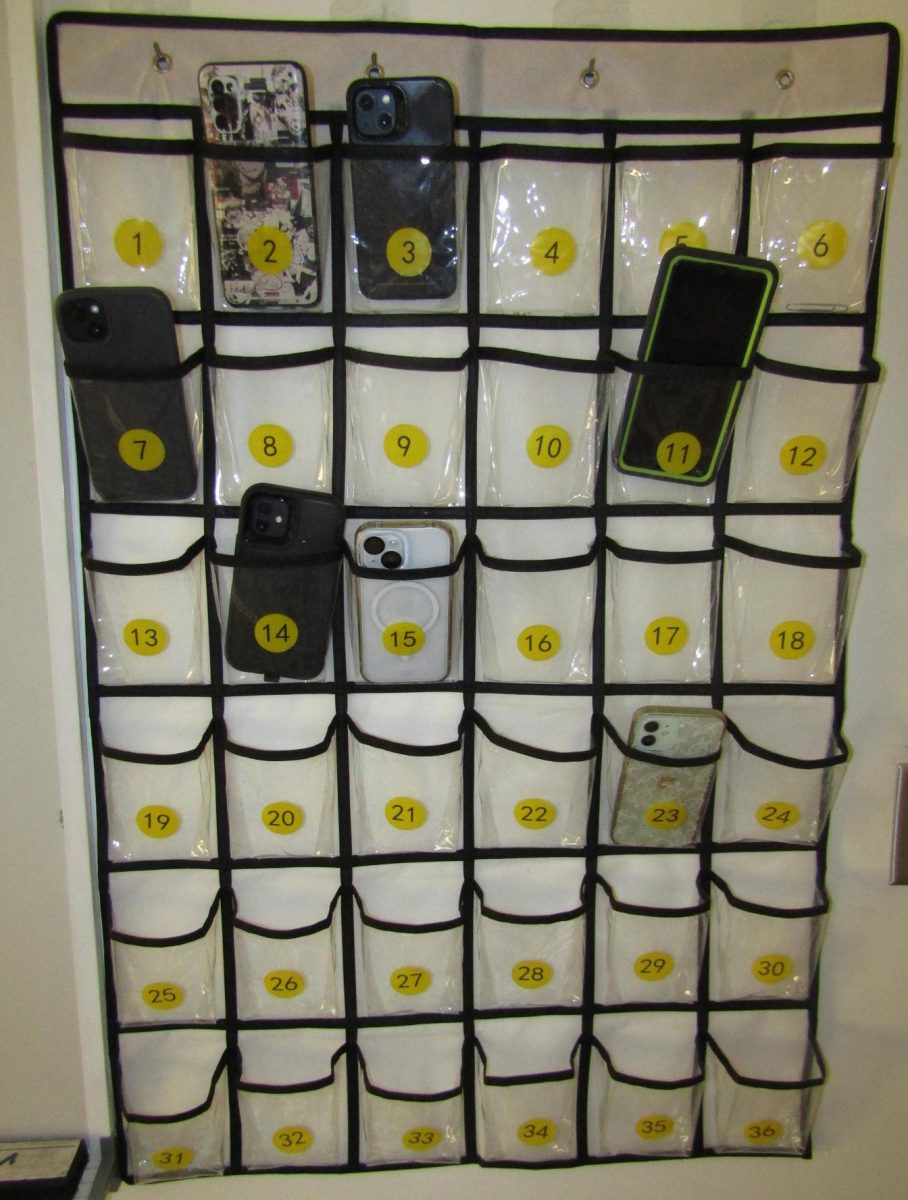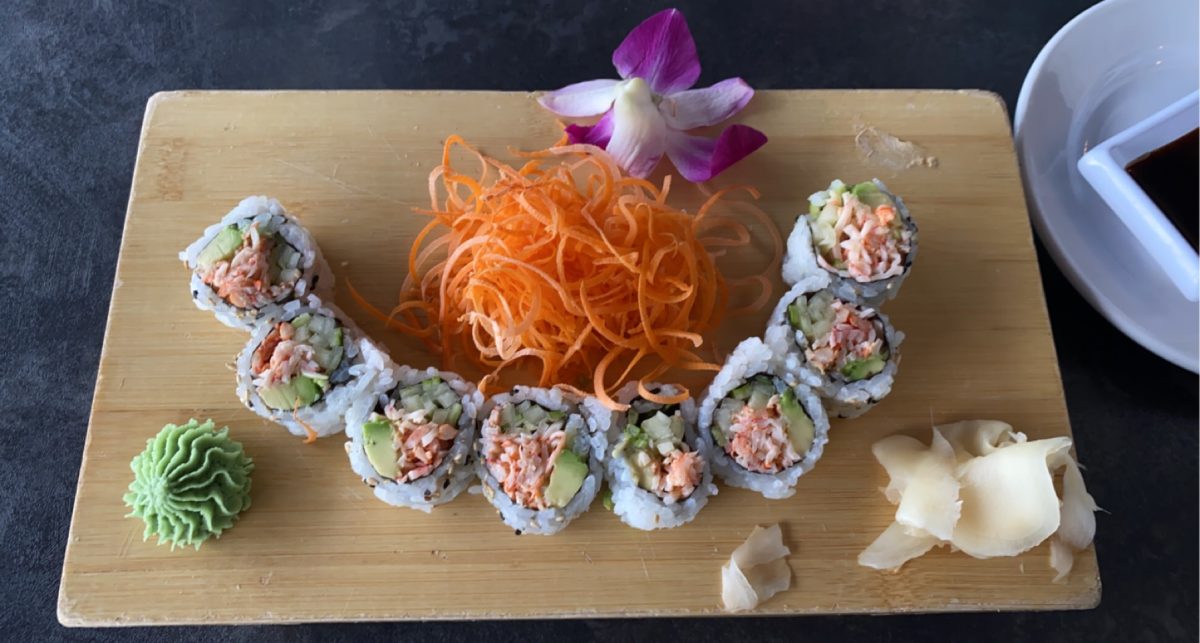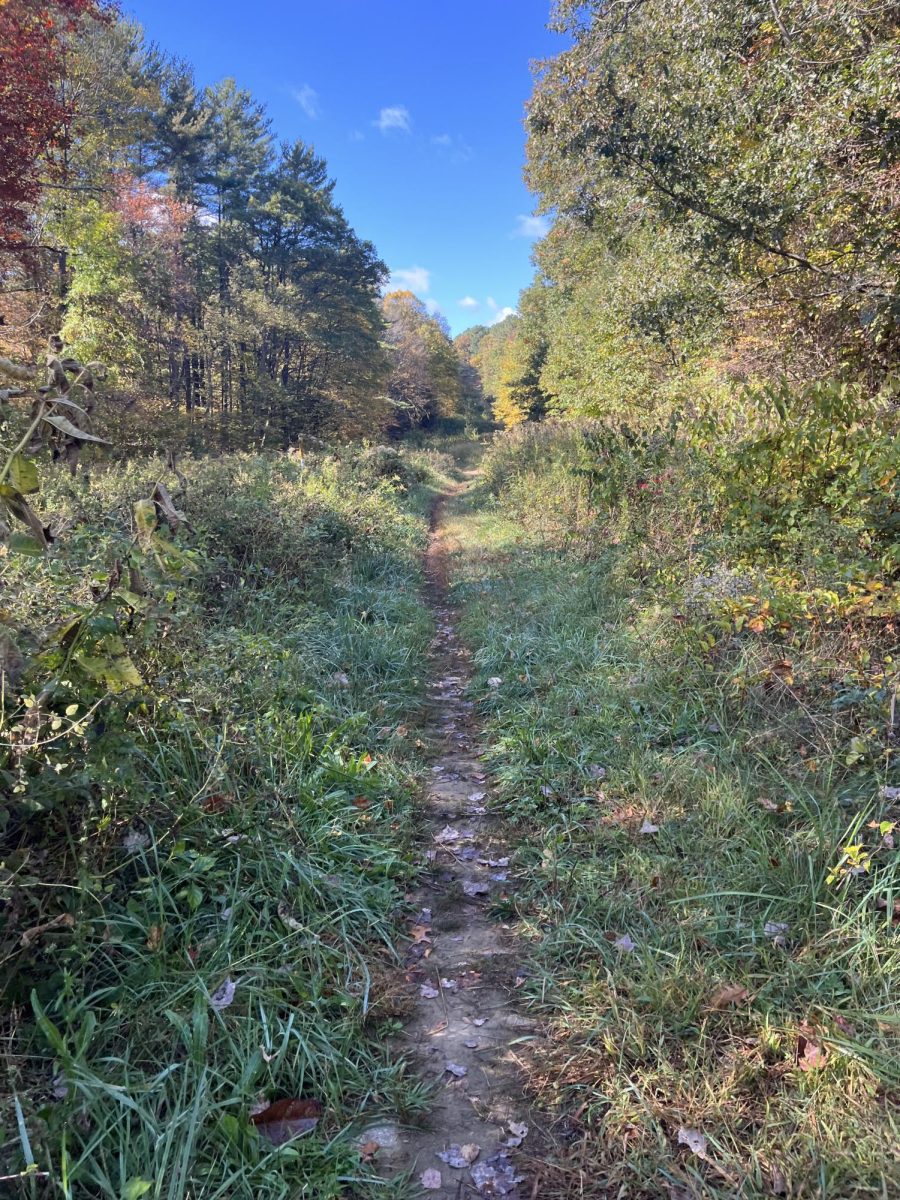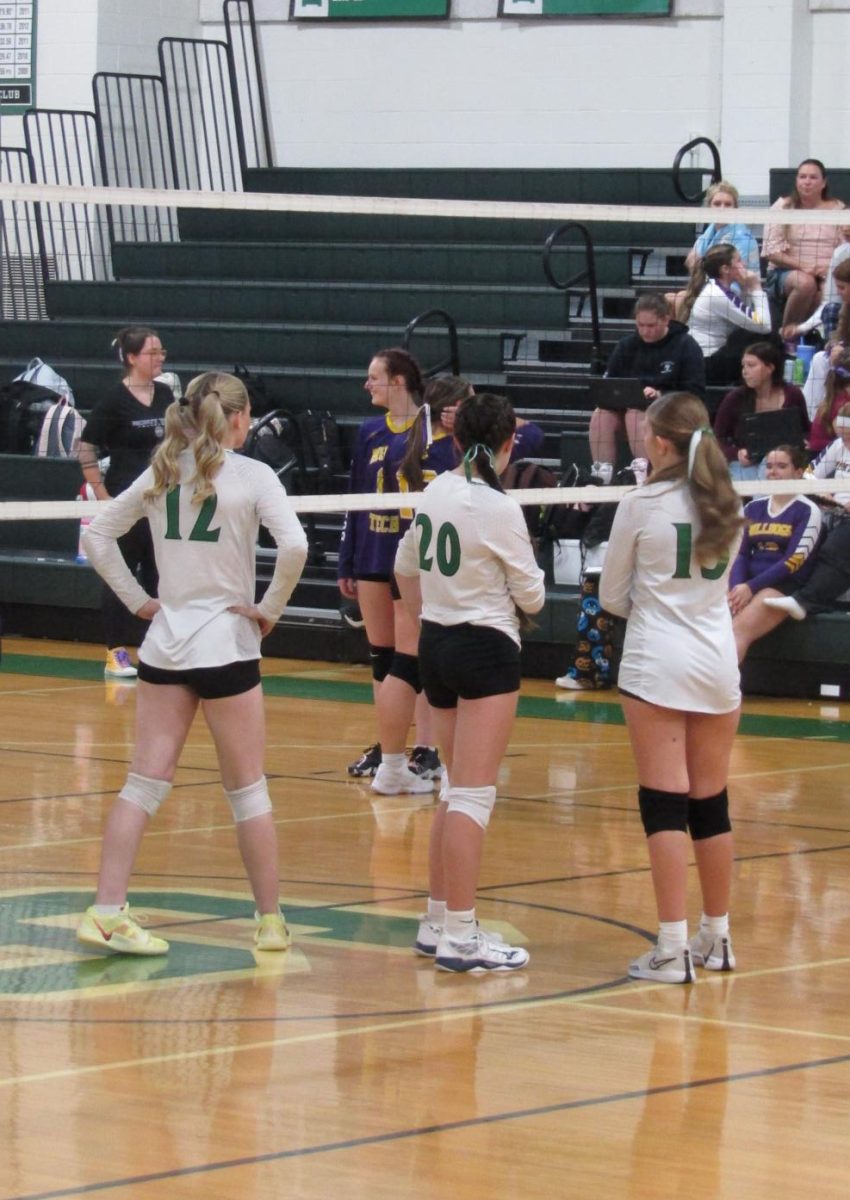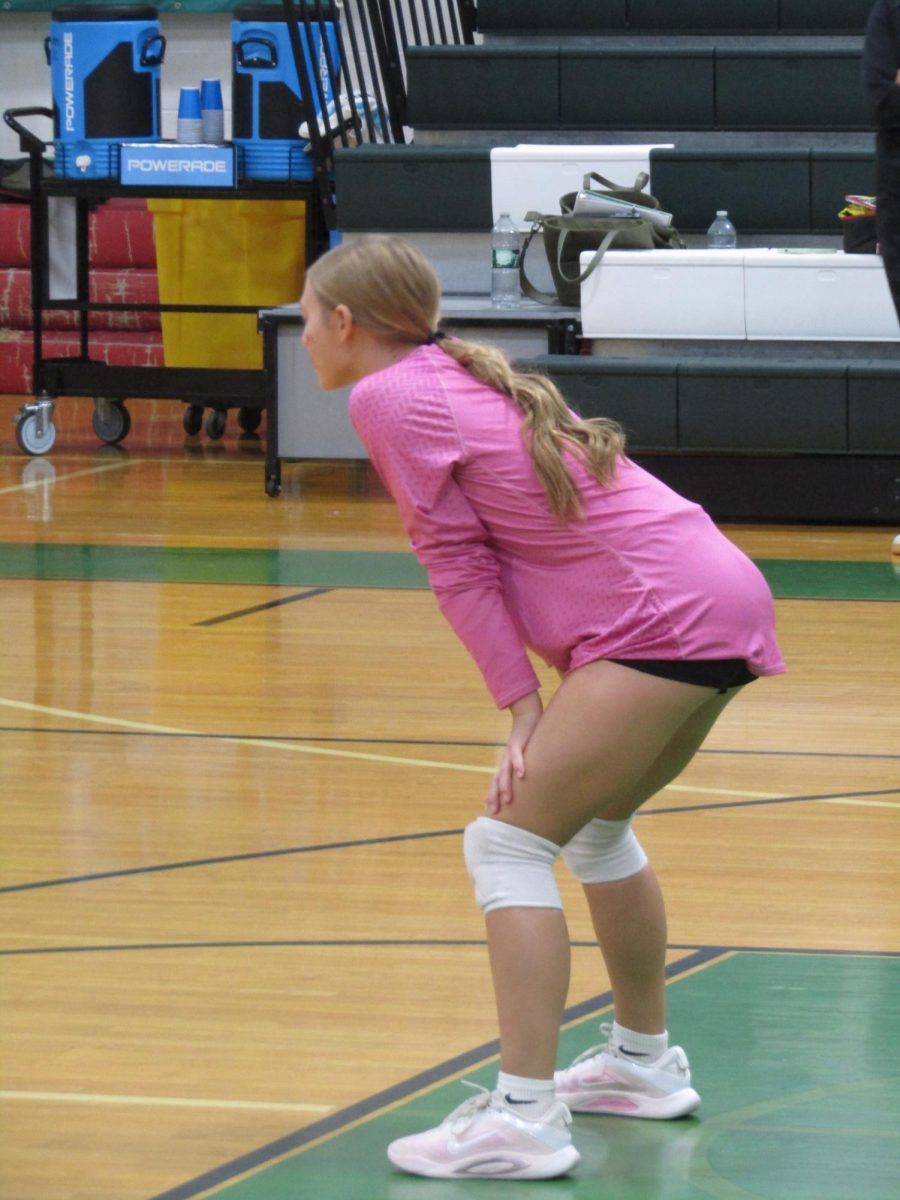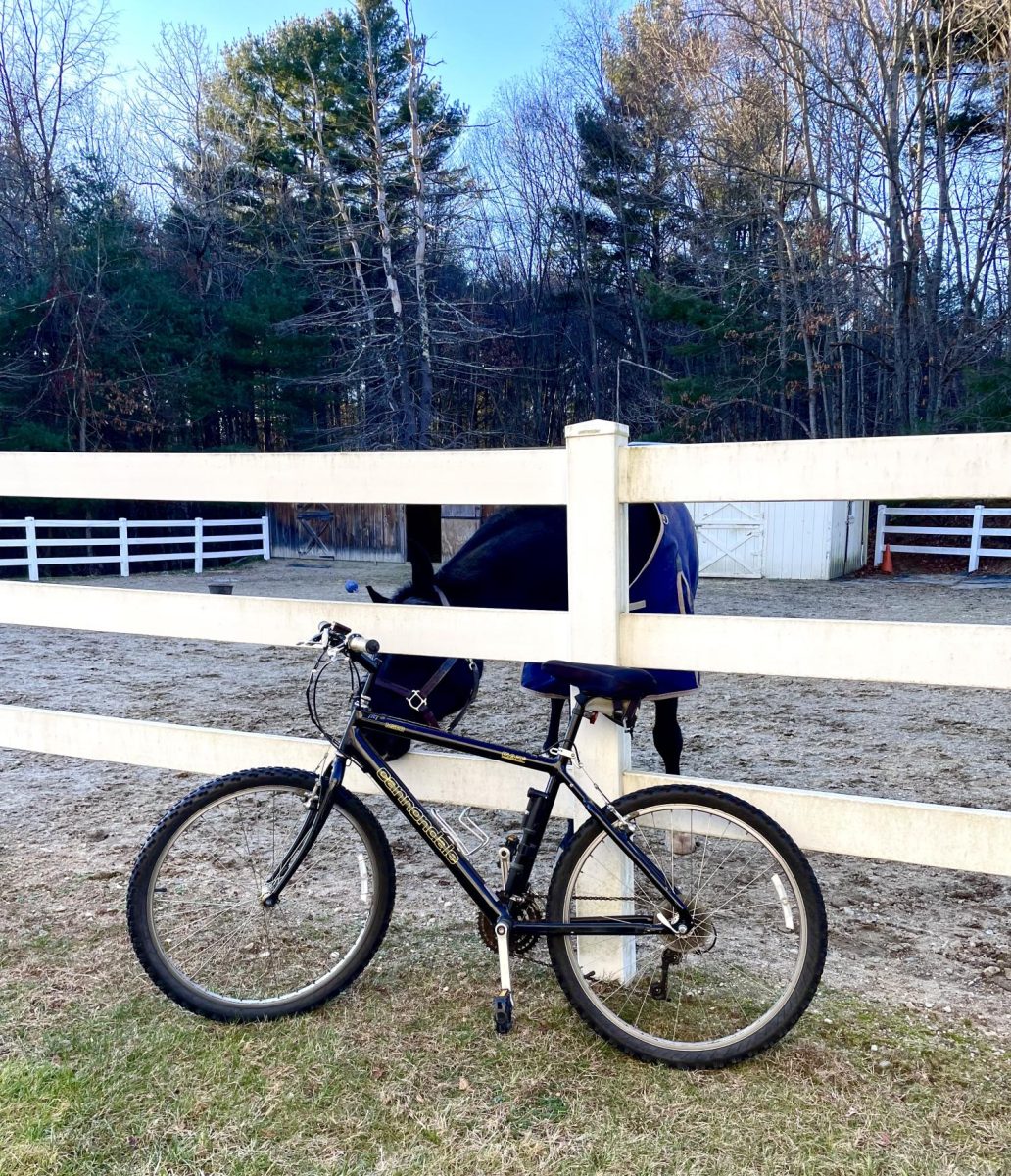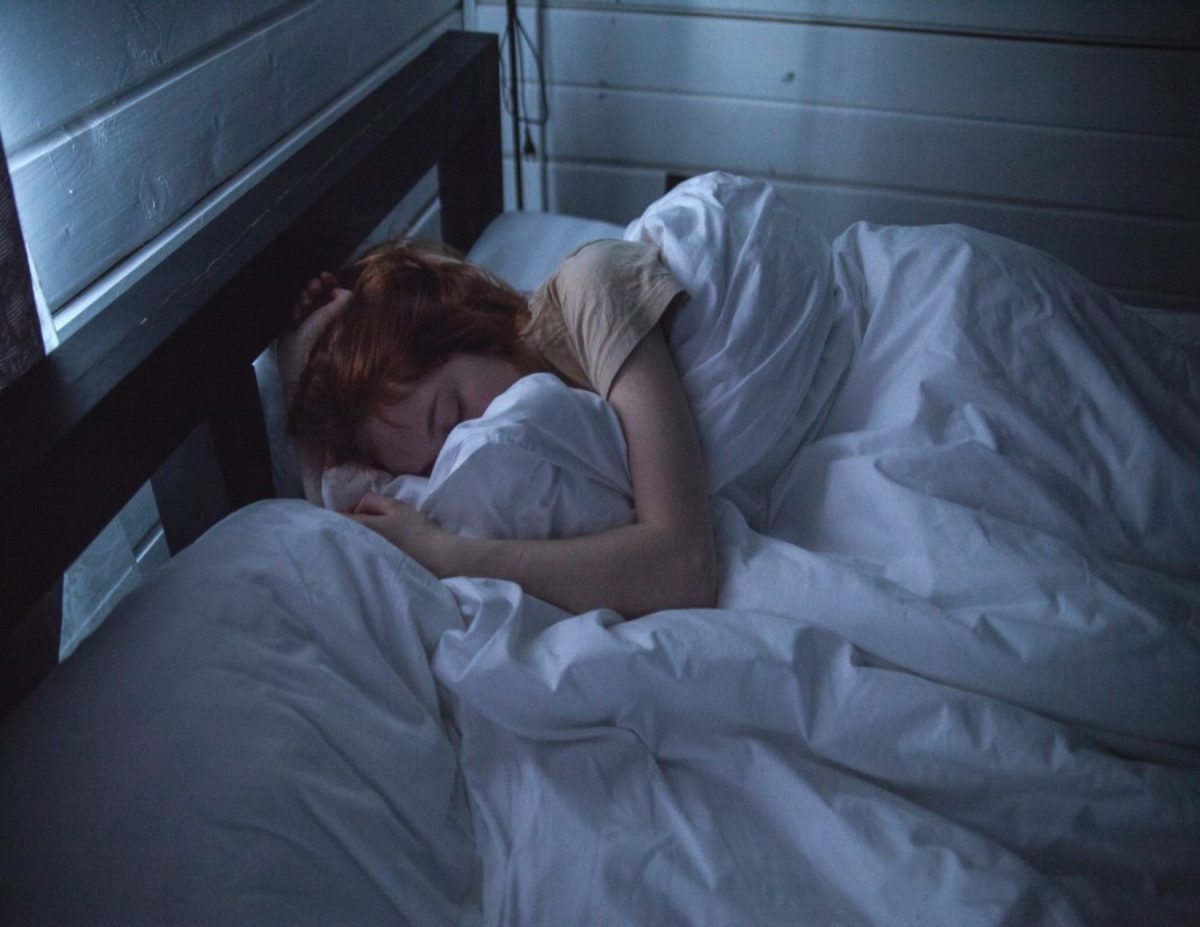Dolphins in Captivity Must End
Captivity will never compare to freedom
October 26, 2021
Have you ever seen a dolphin show? Have you ever wondered how they got there? There are over 3,000 dolphins worldwide that have been captured and put into captivity to perform for tourist entertainment.
While in captivity, they are put into small enclosures or pools which will never compare to the open seas. Wild dolphins are used to swimming about 40 miles a day and use their echolocation to explore the waters.
Dolphins can become depressed in these small enclosures which can lead to self-harm. When being trained they can get frustrated and hurt other dolphins and their trainers.
Due to the boredom, captive dolphins will swim in endless circles which can cause dorsal fin collapse; this is rare in the wild but it happens quite often in captivity. From swimming around in circles their dorsal fin can fall to one side since they aren’t swimming in a straight line and building up the muscle in the fin.
In captivity, their lives are shortened because they are exposed to humans, bacteria/fungal infections, and chemicals that can result in death. Bottlenose dolphins, a common captive dolphin species, usually live 50 years in the wild, but in captivity, their lifespan is shortened to only 12 years which shows the drastic change in lifespan expectancies of dolphins in captivity compared to wild dolphins.
There are a couple of different techniques used to capture dolphins. The most common one uses a hoop net that is handheld. They use it to scoop up dolphins that swim close to boats and then hurl them onboard.
Another cruel capture technique is using a seine net, which is a large fishnet that is used on a high-speed boat. They chase the dolphin into shallow waters to capture them. Dolphins can be entangled and end up drowning this way.
There’s also the hunt drive, where they find a dolphin and use the boat’s speed and noise to chase it into shallow water, much like the seine net technique, and trap the dolphin with no escape and capture it. These techniques are awful and cause great harm to dolphins.
After being captured dolphins are held bound on the boat. The conditions on the boat are brutal. To be transported from ocean to shore they are usually put into a wet sling, a small sea pen, or a poor quality tank large enough for the dolphin.
The process of capturing and holding dolphins is wrong and cruel. Buying tickets and attending these tourist attractions makes it even worse. If we chose to leave dolphins in the wild rather than in captivity, we can reduce the percentage of captive dolphins.
In Plymouth, Massachusetts, there is a Whale and Dolphin Conservation (WDC) which seeks out to protect whales and dolphins. They conduct field research, campaigns, conservation projects, and many more.
By supporting WDC and donating on their website you can be a part of protecting whales and dolphins and help end capturing wild whales and dolphins.
WDC Website: https://us.whales.org/




